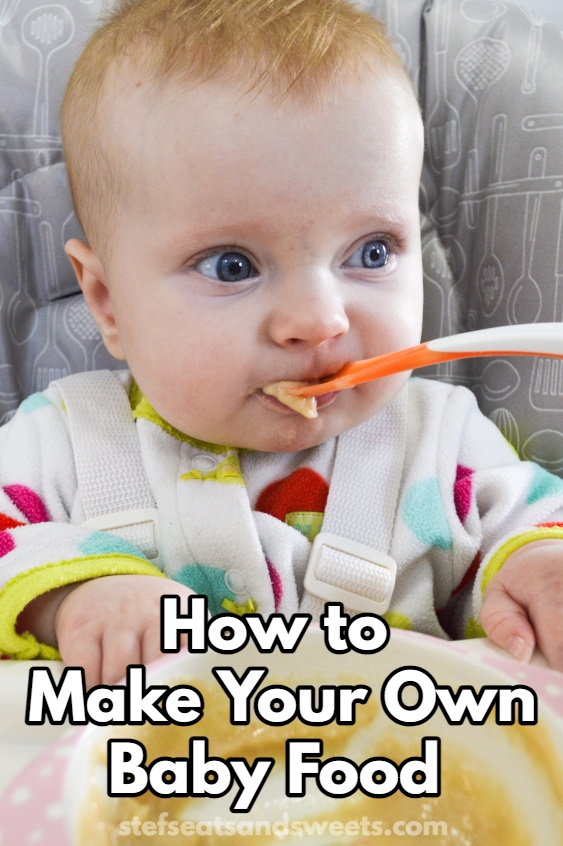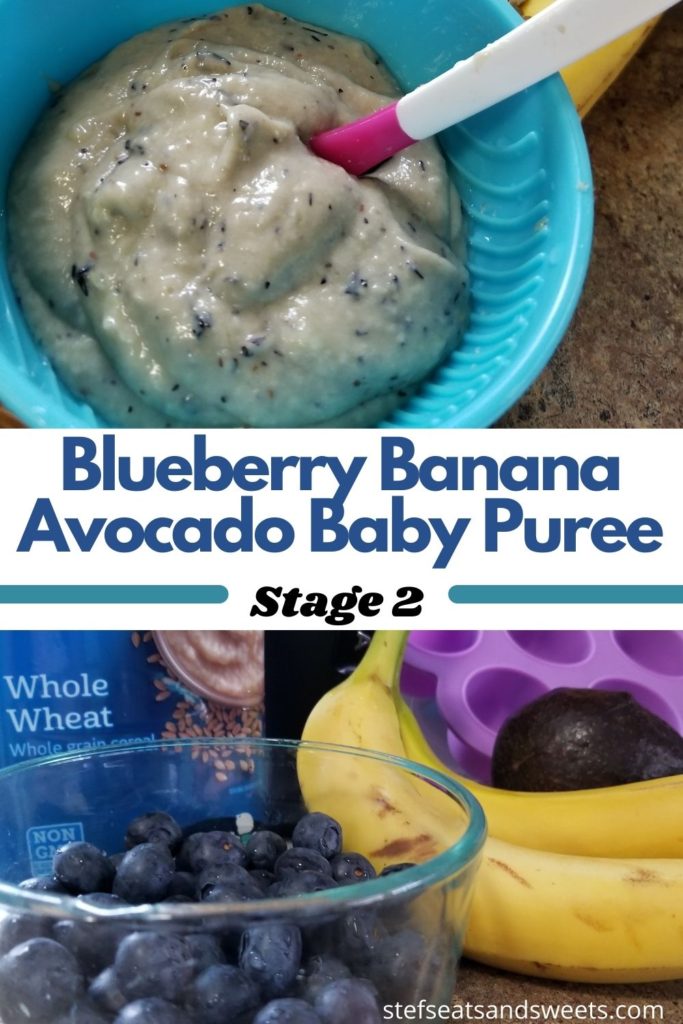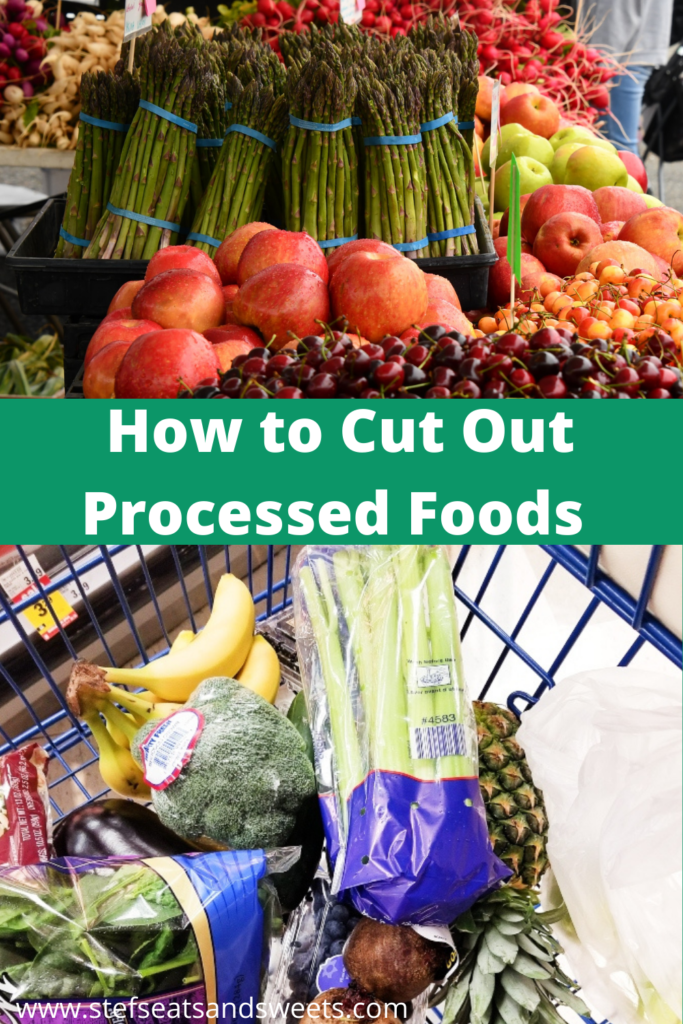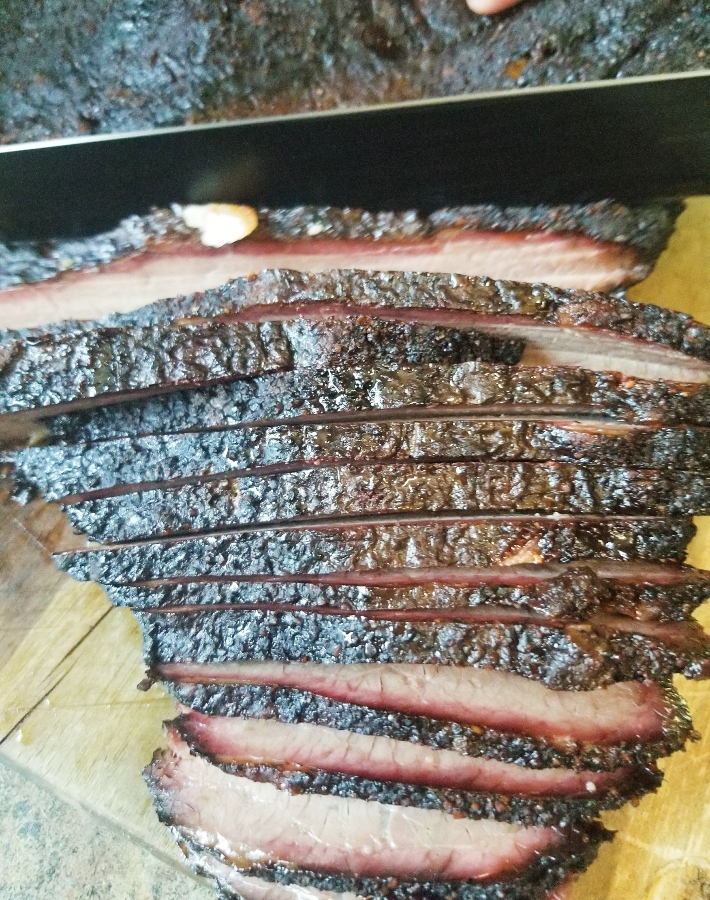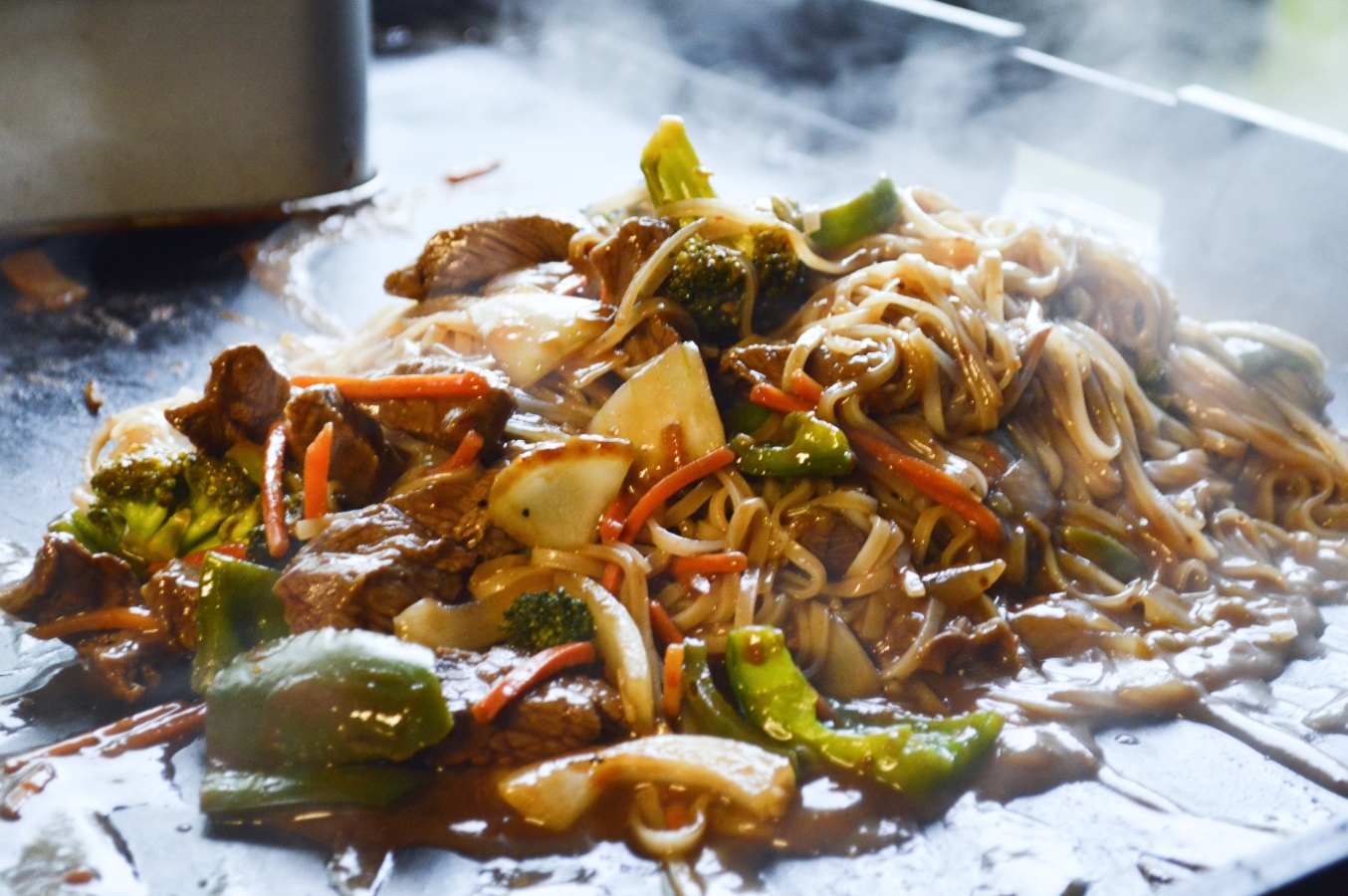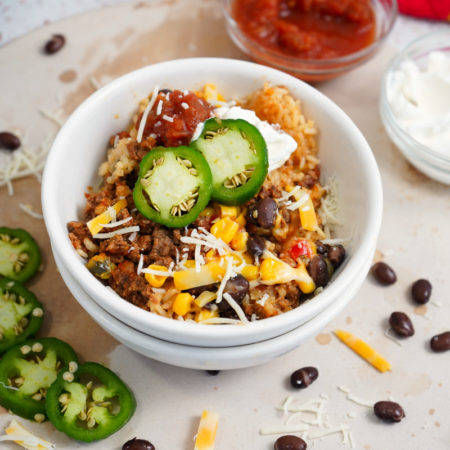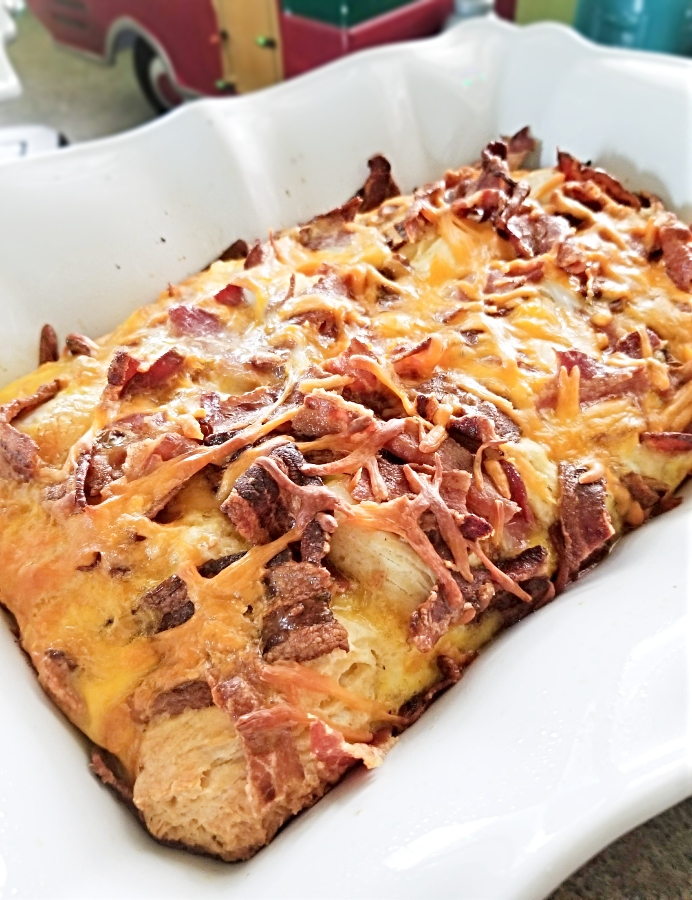Do you have babies at home? My second daughter, Stella just turned 6 months old which means starting to eat some foods. I figured I would share How to Make Your Own Baby Food to help you prepare fresh foods for you little loves right at home.
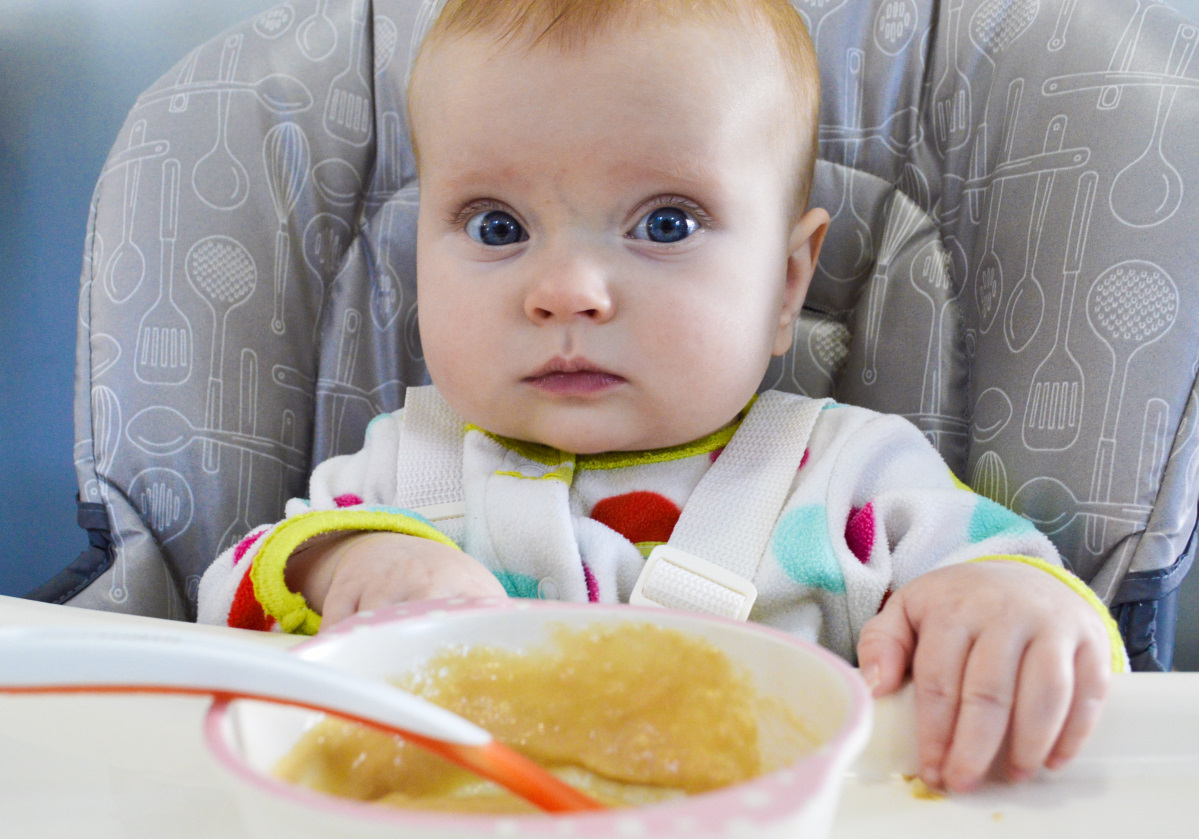
We live in a time of convenience where everything is pre-packaged, pre-cooked, pre-mixed, just about pre-anything we can imagine. While these items do make our lives easier, we are starting to see more and more instances of food-borne illnesses that can be life threatening, especially for little ones. And yes sometimes I grab a jar or packet of stuff but when I can I prefer to Make my Own Baby Food.
Why I love Making Homemade Baby Food
As parents, our first priority is our children so we do everything we can to keep them healthy. Making your own baby is one way we can help ensure the health of our children, and it is easier than you might think.
I experimented here and there with Sofie and now that we are on baby #2, I kind of know what to expect. If you are just getting started or are looking for new ideas, this guide can help you. And make sure to check out my Blueberry Banana Avocado Baby Puree recipe, too! And when you are ready to move to the next step, check out my Introducing Solid Foods to your Baby post, too!
Homemade Baby Food is:
- Easy to make
- Healthier than packaged stuff
- Uses Fresh Ingredients
- Budget Friendly
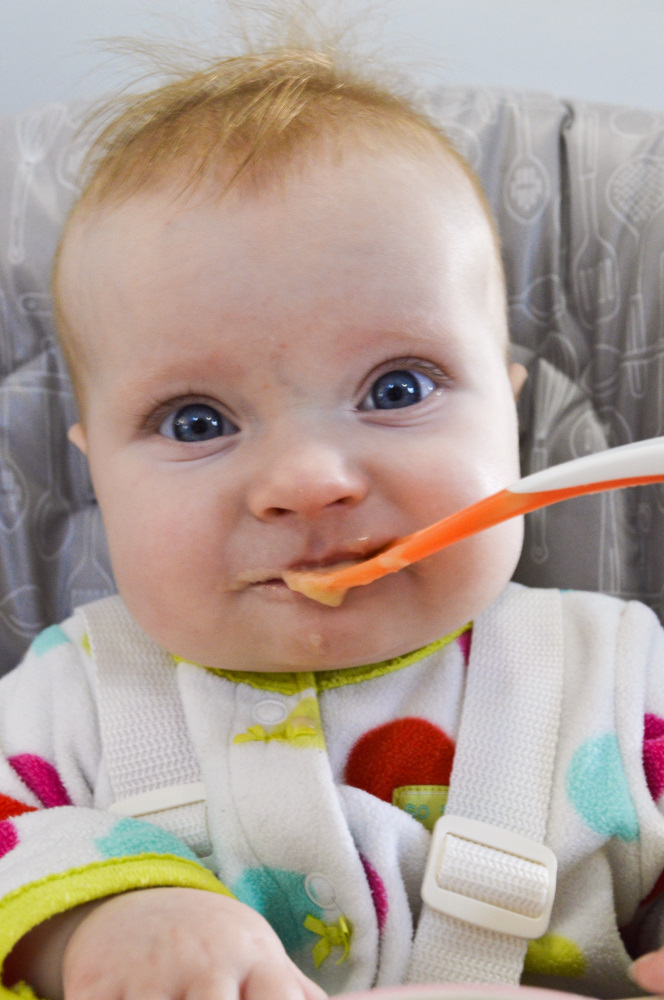
What you need to make your own baby food at home
Food Processor Or Blender
Pots & Pans
Ice Cube Trays or Baby Food Storage Containers
You do not need a decked-out kitchen with all the latest and greatest gadgets. Making your own food can be accomplished with your stove-top/oven, pans with steaming ability, a food processor, ice cube trays, and freezer bags/ containers.
How to Make Your Own Baby Food
1. Pick foods for baby stages
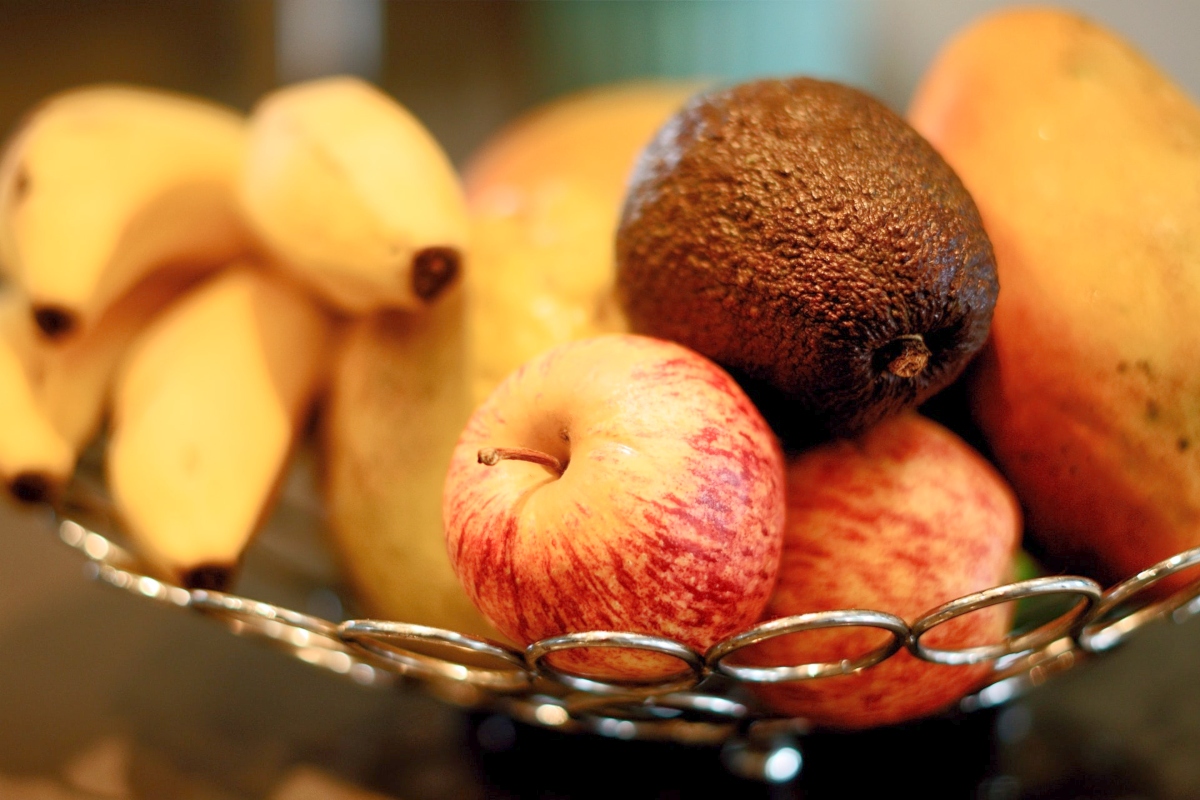
When baby is first ready to start solid foods, there is a limited range of foods he/she can eat. Stage 1 Baby Foods include simple purees with apples, bananas, sweet potatoes, butternut squash and pears. These fruits and veggies are good places to start.
You will want to choose produce from a store that you trust to provide good quality items. Some people choose organic items which is a great idea to reduce exposure to unwanted chemicals, but it is not always available in some areas. Once the food is purchased take it home and wash it thoroughly with warm water and allow it to dry.
2. Mash, Steam, or Bake the Fruits and Vegetables
Steaming:
Pick the items you choose to cook, peel it and slice it into chunks that are about 2 inches by 2 inches and place into the steamer on your stovetop. Cook the food until it is soft enough to be mashed with a fork. Remove the food from the pan and place into a food processor and puree until it is the consistency you desire.

If you have one, you could always use your Instant Pot or Pressure cooker too.
For young babies you want it to be smooth and thin, you can add a little breast milk, water, or formula as well. As they get older and can handle chewing better, the food can be thicker and chunkier.
Baking or Roasting:
If you choose to bake the food, the process is very similar. Choose the food and bake it in the oven at about 350-375 until it is soft enough to mash with a fork.
For sweet potatoes, bake them whole. For fruits or butternut squash, cut in half, remove the seeds and place fruit-side down in a pan with a little water in the bottom of it (there is no need to remove the peels) and bake until soft. Remove from the oven, allow to cool until you can handle the food and scoop food from the peels straight into the processor and proceed to puree it as stated before.
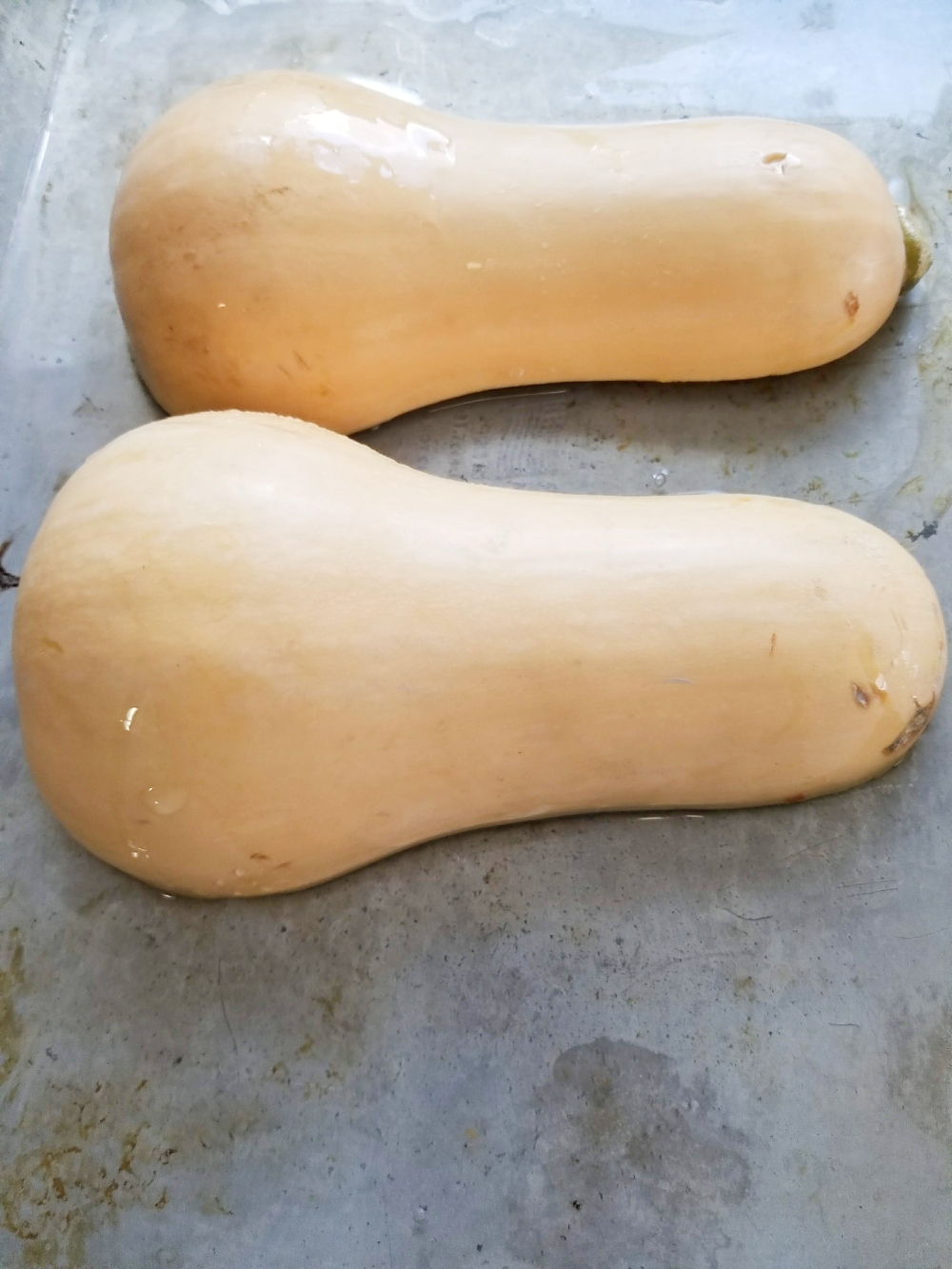
Mashing:
Some fruits and veggies that are already soft can simply be mashed with a fork, potato masher, or I like the baby bowl/mashed combo (see below) or similar. Fruits like bananas or ripe pears work for this process. I usually start with bananas and mash them up and add a little breastmilk or water and you can add in some baby cereal too- I always use oatmeal or a blend of quinoa/ oats.
How to Store Baby Food
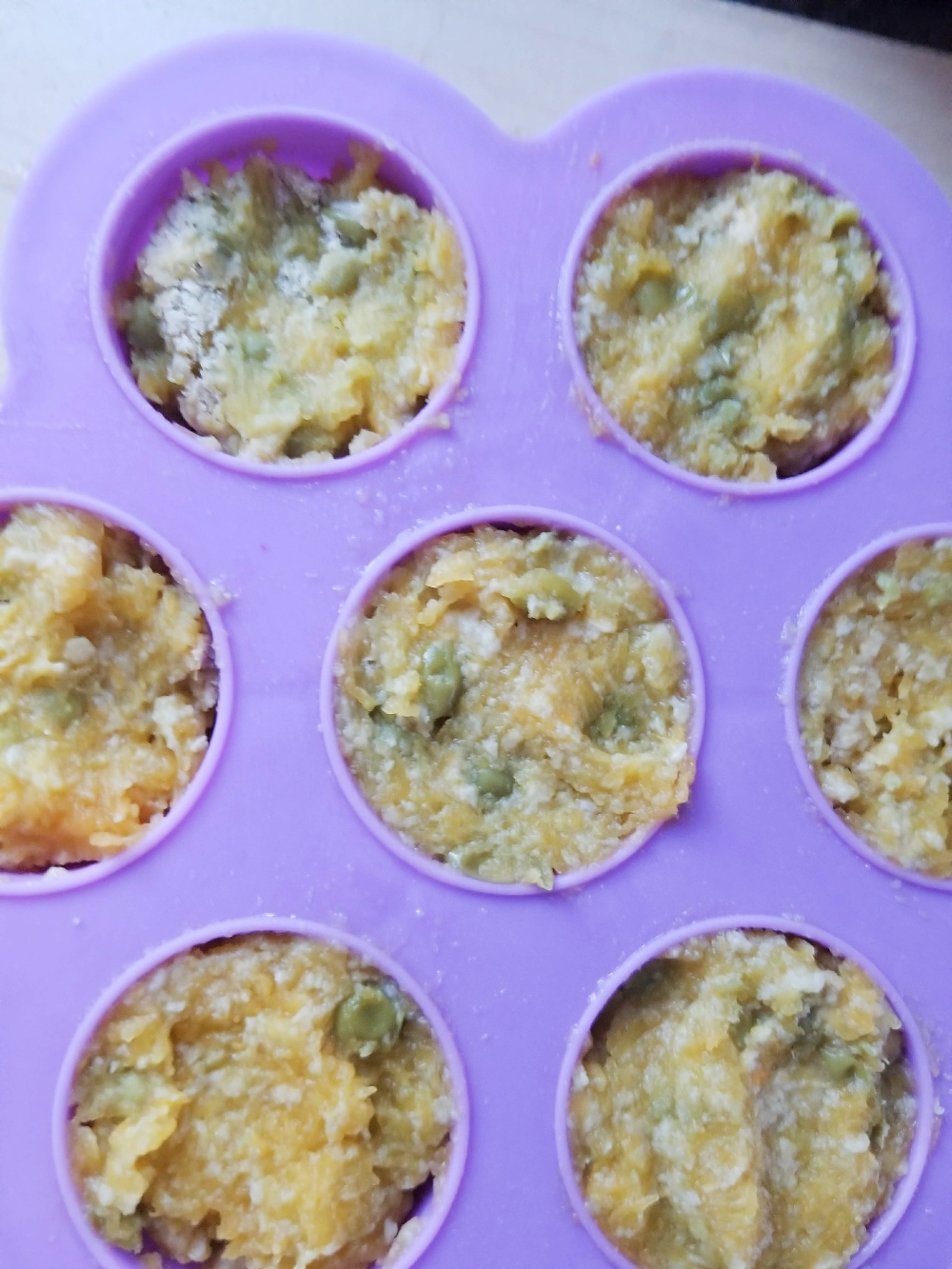
Storage is easy and quick. Spoon the food into CLEAN ice cube trays (or storage of choice), cover with plastic wrap and freeze. Each cube is equivalent to about one ounce of food. You can also buy silicone trays that have a lid and they pop right out when you are ready for them. I have also purchased small Tupperware as well. So whatever fits your needs or your budget works just fine.
Once the food is frozen, remove from trays and put into labeled freezer bags. The food should be used up in 3 months and after that it is a good idea to discard it.
Preparing baby food after it is has been frozen
Preparing the frozen food for baby can be done in two different ways. You can choose to lay the meals out ahead of time and allow to thaw at room temperature, or you can defrost them in the microwave. The defrost option is handy, but since microwaves vary so much you will have to play with yours to get the desired results. I would suggest starting at the lowest and shortest time and work from there.
Clean up
Clean-up should be taken seriously to keep the food free from germs or bacteria. Wash each item thoroughly with HOT soapy water or run through a dishwasher with a disinfecting cycle. Do not cut corners here, your baby’s health is why you are doing this in the first place.
Adjusting to Baby’s Needs
If you choose to start when baby is just starting solids, start with the basics like were listed above and as baby gets older you can start getting more adventurous.
I would recommend that you not introduce more than one food every 3-4 days to rule out food allergies. Once your child has a wide variety of foods in his or her system, start making your own mixtures of fruits and vegetables.
Once they get old enough for meats, start pureeing the chicken etc. right into the peas or beans, or other food of your choice. There are a few foods that you should NOT try to prepare due to high nitrate content and these are: carrots, beets, turnips, collard greens, and spinach.
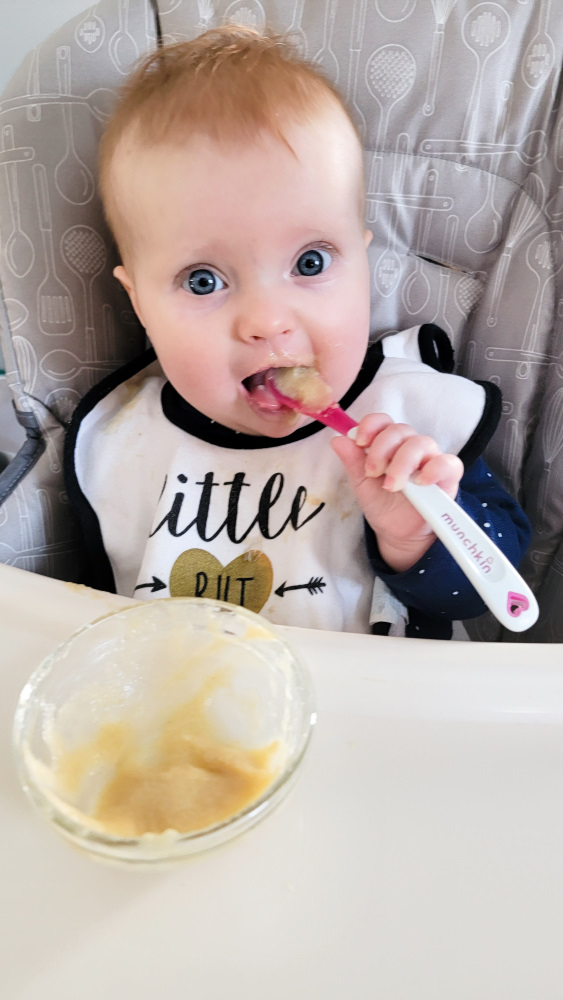
Enjoy Your Time with Baby
Lastly, just enjoy yourself and the fact that you are able to do this for your baby. I can not stress this enough. TIME goes by fast. Super fast. Each stage is precious. They are only small once and all of these moments bring us joy, smiles, and laughter as they learn new things, make funny faces, and sounds. Trust me…soon enough they will be sassing you and growing up… SO ENJOY IT! Hope these tips and tricks on How to Make Your Own Baby Food helps you out! Happy parenting.
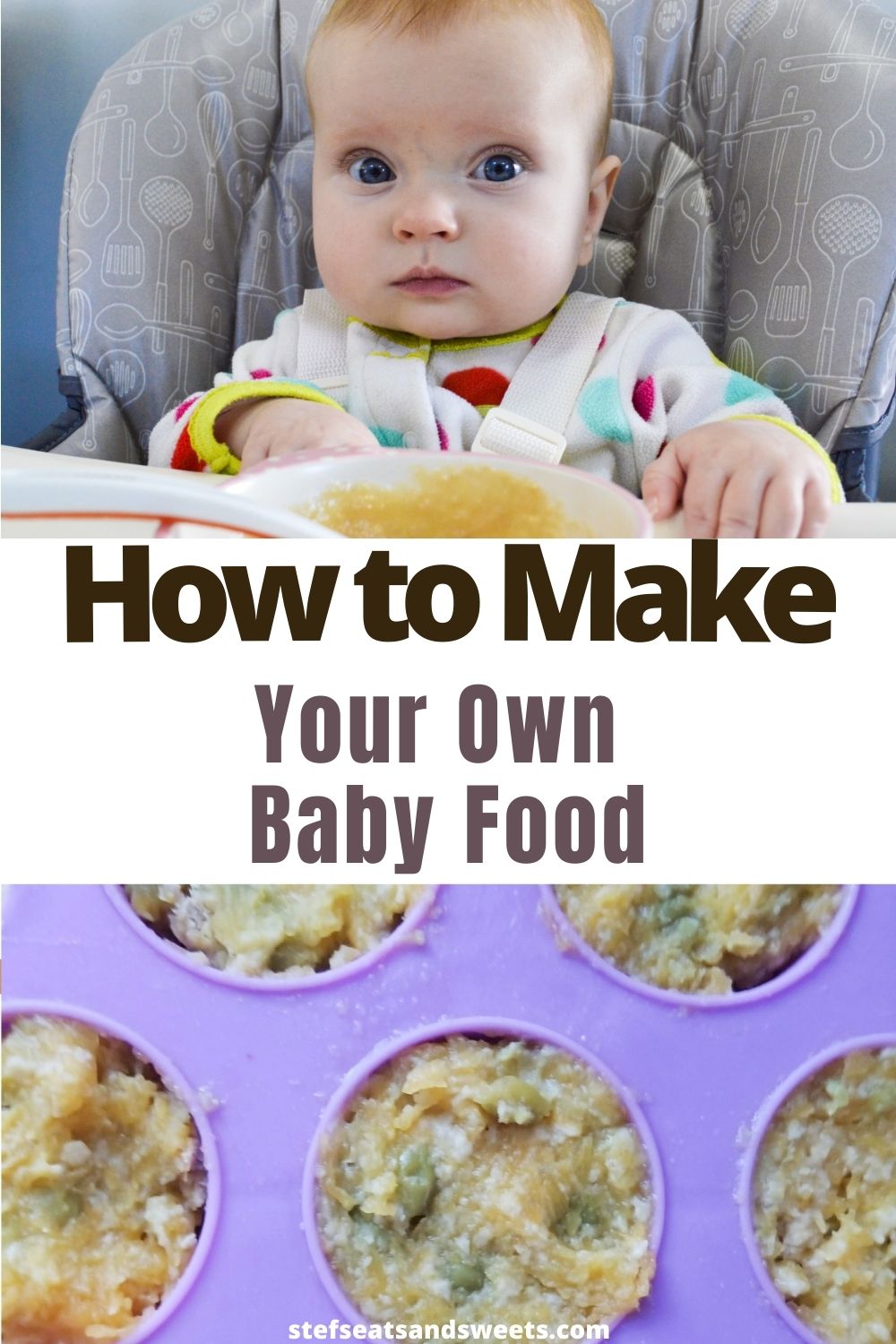
Don’t forget to check out my:
Follow Along!
Make sure to Pin It!
